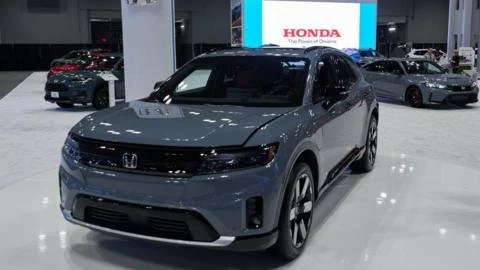The Honda and Nissan Merger: What Went Wrong?
The anticipated multi-billion-dollar merger talks between Honda and Nissan have collapsed, primarily due to disagreements over the structure and partnership dynamics of the potential tie-up. This merger, which aimed to fortify both companies against increasing competition, particularly from Chinese automakers, would have formed a $60 billion automotive group, placing it as the world’s fourth-largest car manufacturer by sales.
Analysts noted the merger’s failure wasn’t entirely unexpected given the history of problematic automotive mergers and the pressure on both companies, especially Nissan, which is still recovering from a leadership crisis following the arrest of its former chief, Carlos Ghosn. The talks exposed significant discrepancies regarding Nissan’s role—whether as an equal partner or subsidiary—and the potential risk that Honda could be left with the more burdensome responsibilities of the merger.
As both companies face external pressures like tariffs and the rapidly evolving electric vehicle market, they have decided to maintain their cooperation on electric vehicles despite the failed merger. Honda’s chief executive expressed the need for both companies to strengthen their capabilities to compete in a market that has become increasingly dominated by manufacturers like BYD from China.
With the merger off the table, Nissan faces an uncertain future but remains open to other potential partnerships, reportedly catching the interest of Taiwan’s Foxconn for share acquisition and collaboration with Renault, a long-time partner owning a significant stake in Nissan. The political and cultural complexities involved in any potential future partnerships will require strong leadership to navigate, according to industry analysts.

